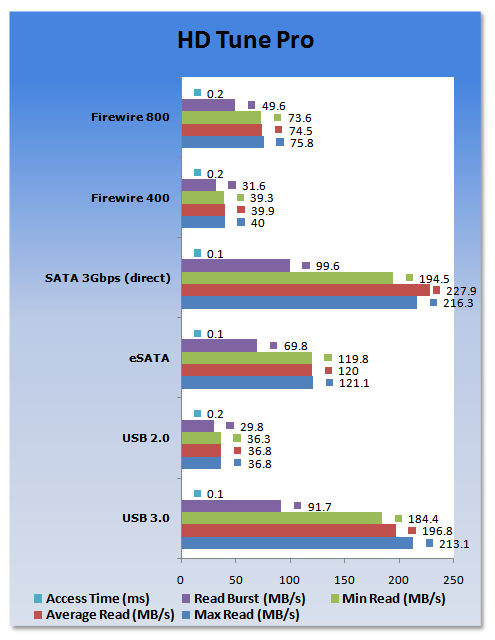
When the device is ready, sends an Endpoint Ready (ERDY) to the host which then reschedules the transaction. If there is lack of buffer space or data, it responds with a Not Ready (NRDY) signal to tell the host that it is not able to process the request. If the endpoint is halted, the device responds with a STALL handshake. The device either accepts the request or rejects it if accepted, the device sends data or accepts data from the host. The SuperSpeed transaction is initiated by a host request, followed by a response from the device. The structural topology is the same, consisting of a tiered star topology with a root hub at level 0 and hubs at lower levels to provide bus connectivity to devices.ĭata transfer and synchronization In USB 3.0, dual-bus architecture is used to allow both USB 2.0 (Full Speed, Low Speed, or High Speed) and USB 3.0 (SuperSpeed) operations to take place simultaneously, thus providing backward compatibility. The plastic insert is in the USB 3.0 standard blue color known as Pantone 300C. Architecture and features įront view of a Standard-A USB 3.0 connector, showing its front row of four pins for the USB 1.x/2.0 backward compatibility, and a second row of five pins for the new USB 3.0 connectivity. This gives USB 3.0 a potential total bidirectional bandwidth twenty times greater than USB 2.0.
Usb 3 transfer rate vs esata full#
USB 3.0 has transmission speeds of up to 5 Gbit/s, about ten times faster than USB 2.0 (0.48 Gbit/s) even without considering that USB 3.0 is full duplex whereas USB 2.0 is half duplex.

.jpg)


Nomenclature has been broadly criticized by both experts in the industry and the public at large for its confusing revisions not reasonably or appropriately reflecting the marketing messages that the guidelines prescribe in the standard specification, which is published at usb.org This specification has been renamed to reflect the evolution of "generations" of USB standards (i.e.: USB3.2Gen1 is "SuperSpeed", USB3.2Gen2 is also "SuperSpeed", but 2x faster, USB3.2Gen2x2 is also marketed as "SuperSpeed" but is 4x faster than 3.2Gen1). It preserves existing USB 3.1 SuperSpeed and SuperSpeed+ data modes and introduces two new SuperSpeed+ transfer modes over the USB-C connector using two-lane operation, with data rates of 10 and 20 Gbit/s (12 MB/s after encoding overhead). USB 3.2, released in September 2017, replaces the USB 3.1 standard. USB 3.1 preserves the existing SuperSpeed transfer rate, giving it the new label USB 3.1 Gen 1, while defining a new SuperSpeed+ transfer mode, called USB 3.1 Gen 2 which can transfer data at up to 10 Gbit/s over the existing USB3-type-A and USB-C connectors (1200 MB/s after encoding overhead, more than twice the rate of USB 3.0). USB 3.1, released in July 2013, is the successor standard that replaces the USB 3.0 standard. It is recommended that manufacturers distinguish USB 3.0 connectors from their USB 2.0 counterparts by using blue color for the Standard-A receptacles and plugs, and by the initials SS. Among other improvements, USB 3.0 adds the new transfer rate referred to as SuperSpeed USB (SS) that can transfer data at up to 5 Gbit/s (500 MB/s after encoding overhead), which is about 10 times faster than Hi-Speed (maximum for USB 2.0 standard).
Usb 3 transfer rate vs esata serial#
USB 3.0, released in November 2008, is the third major version of the Universal Serial Bus (USB) standard for interfacing computers and electronic devices. USB 3.0 Promoter Group ( Hewlett-Packard, Intel, Microsoft, NEC, ST-Ericsson, and Texas Instruments) ġ2 mm (A plug), 8 mm (B plug), 12.2 mm (Micro-A & Micro-B plugs)Ĥ.5 mm (A plug), 10.44 mm (B plug), 1.8 mm (Micro-A & Micro-B plugs)


 0 kommentar(er)
0 kommentar(er)
